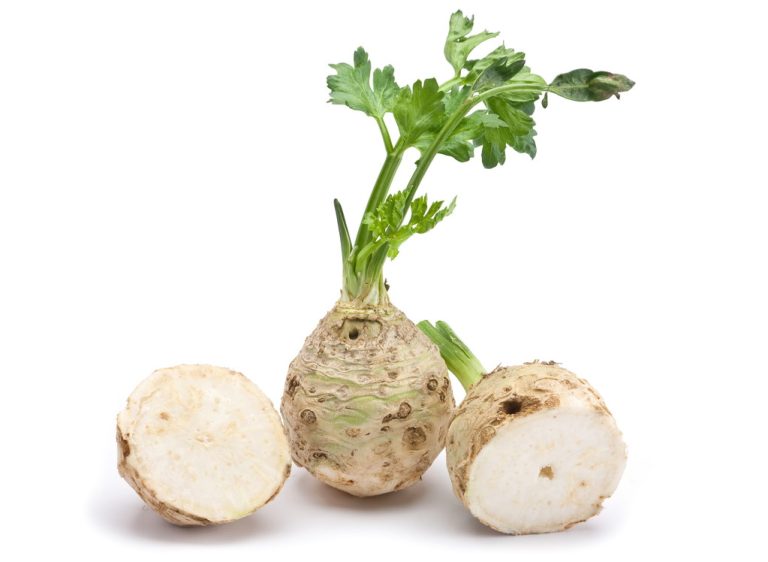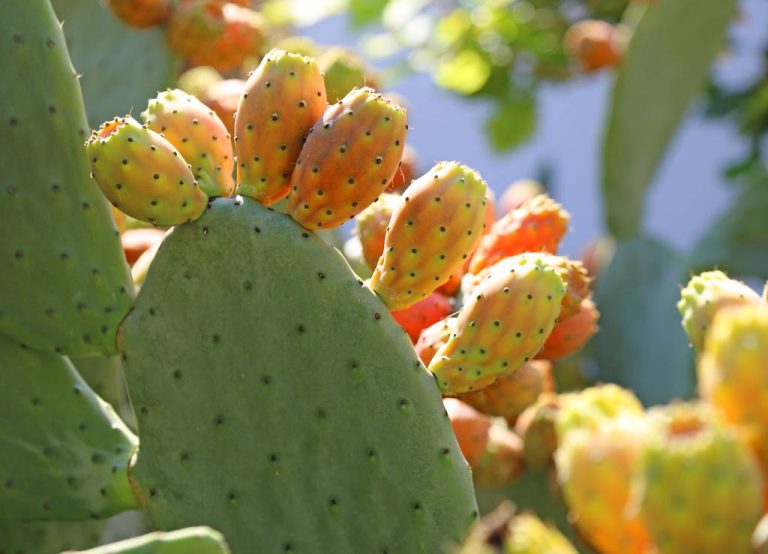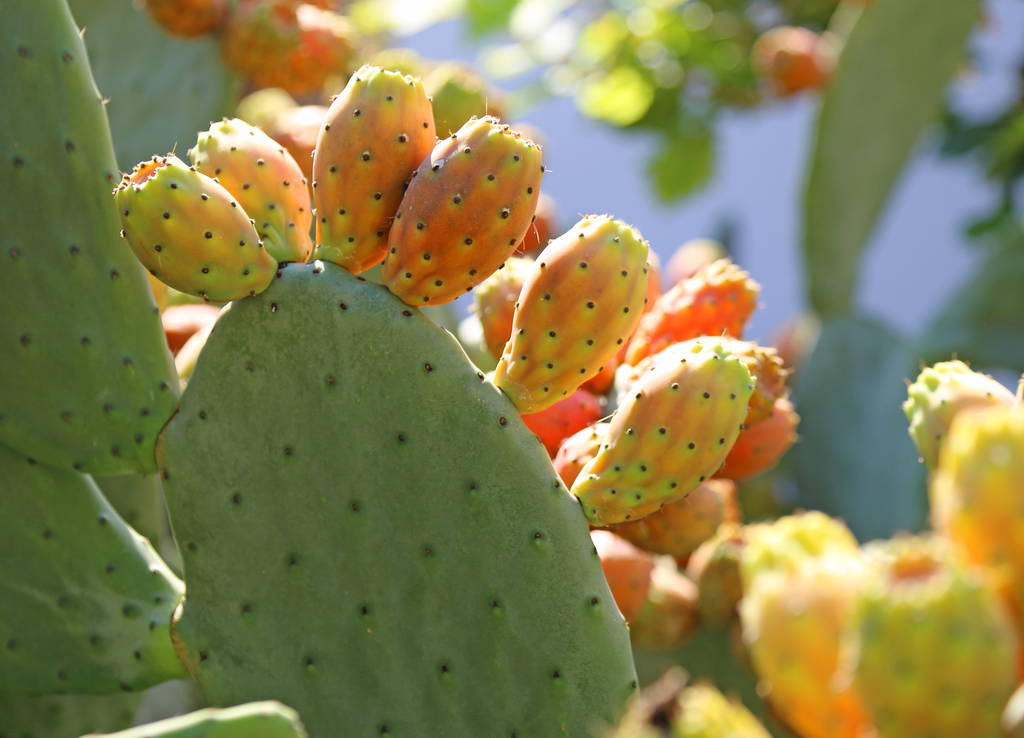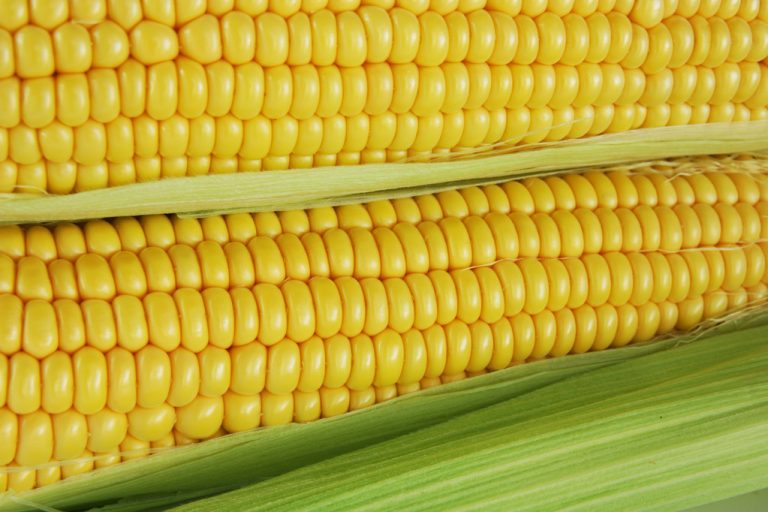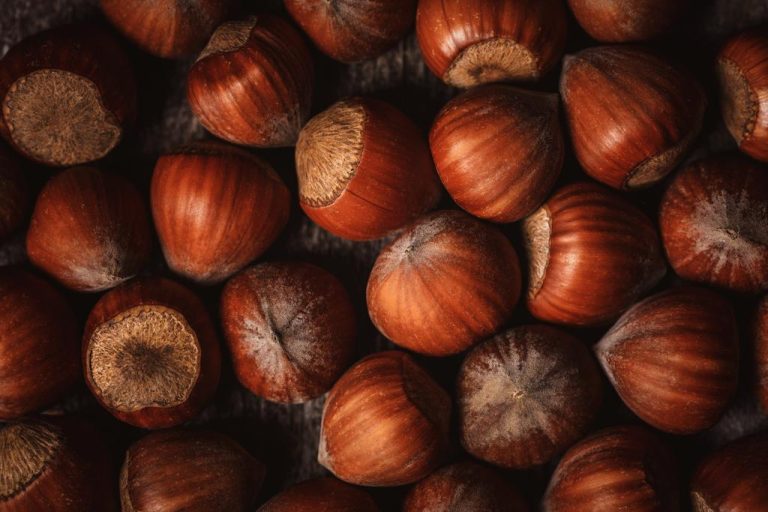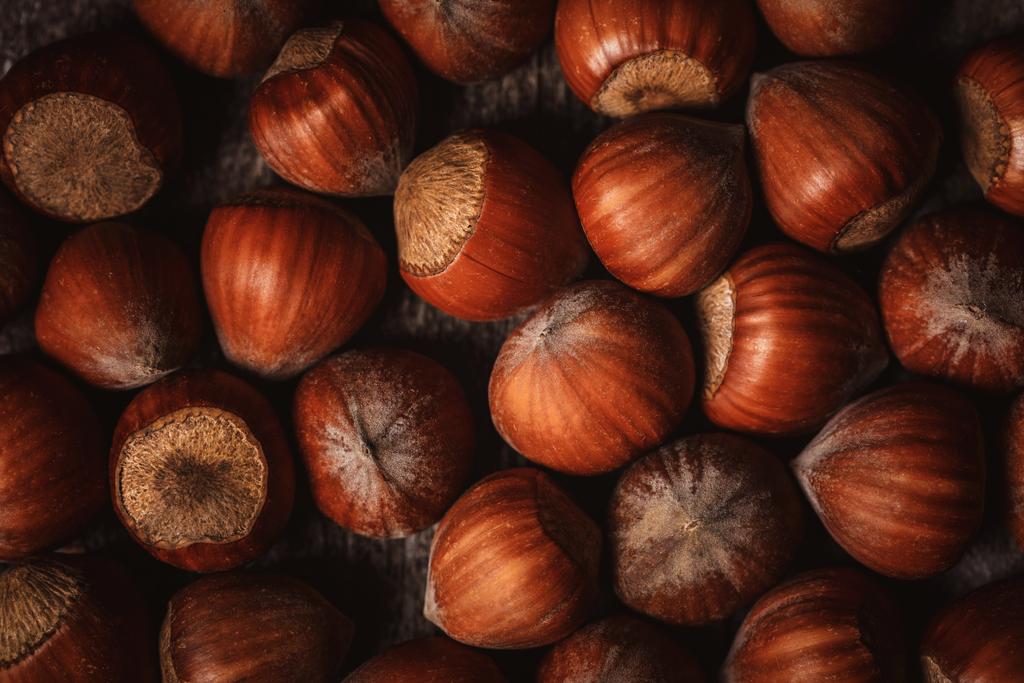Spices like lemon pepper give many dishes the right kick. In our instructions, we will show you which dishes are best refined with lemon pepper and how you can make it yourself at home.
Lemon pepper is a delicious spice mix that you can use to refine many dishes. You can buy this spice mixture ready-made in the supermarket. However, you should always make sure that only lemon zest and pepper are listed on the list of ingredients. Because many lemon peppers offered in the supermarket are actually more seasoned salts. The main ingredients are salt, sugar and sometimes also glutamate. The actual spice is only contained in small quantities.
Also make sure that it is definitely the right lemon pepper. Indonesian lemon pepper is a type of pepper related to Szechuan pepper and is a completely different spice.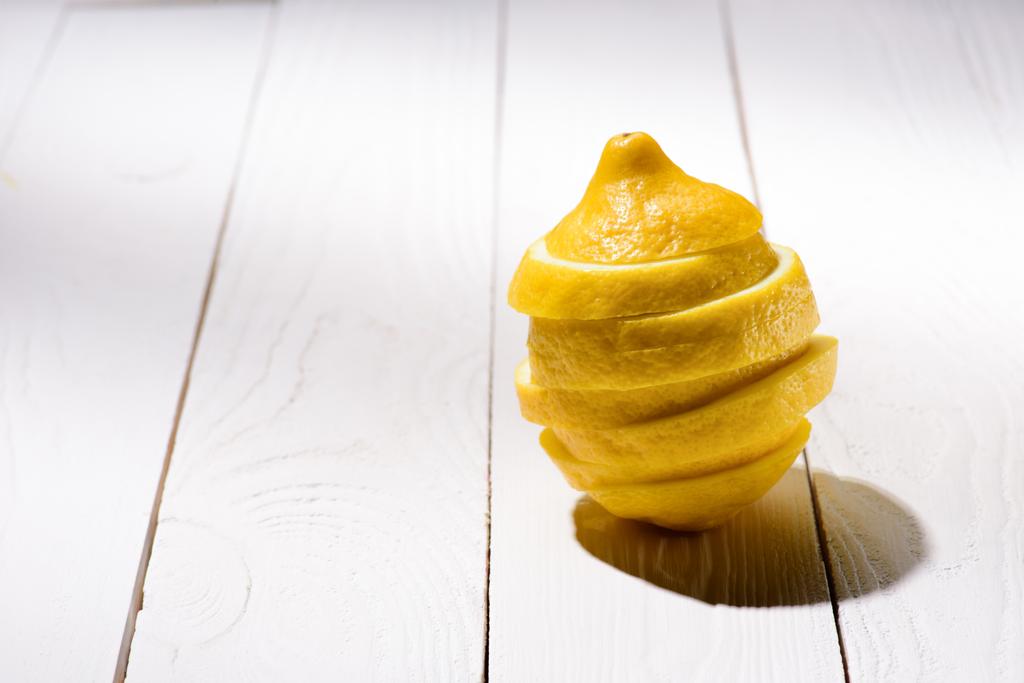
Using Lemon Pepper: Application in the kitchen
The freshness of the lemon paired with the spiciness of the pepper goes particularly well with the following dishes:
Salads: If you love Mediterranean cuisine, you should definitely stir a pinch of lemon pepper into your next potato, tomato or carrot salad.
Grilled vegetables: Summer vegetables such as zucchini and eggplant taste particularly delicious if you marinate them with a little lemon pepper before grilling.
Fish dishes: A pinch of lemon pepper after cooking makes white fish really aromatic. Fish soup can also be tasted excellently with it.
Poultry: Chicken thighs marinated in lemon pepper taste great on the grill in the summer.
Your creativity knows no limits. If a dish is missing the icing on the cake, lemon pepper is usually the right choice. If you like baking Christmas cookies, you can even add a pinch of lemon pepper to your shortbread dough.

Make lemon pepper yourself – instructions
You can also easily make lemon pepper yourself:
Remove the outer zest of four unwaxed organic lemons with a lemon or parmesan grater. Peel off only the yellow layer on the outside. The white middle layer tastes bitter and gives the finished lemon salt an unpleasant taste.
Add exactly the same amount of coarsely ground black pepper (by volume) to the lemon zest. If you don’t have a pepper mill, you can coarsely grind the pepper by putting it in a freezer bag and crushing it with the rolling pin.
Dry your lemon salt for an hour in the oven or dehydrator at 50 °C (circulating air). You don’t have to preheat the oven for this.
If you want, you can also turn your lemon pepper into a seasoning salt. To do this, mix two teaspoons of coarse sea salt flakes into your finished spice mixture.


